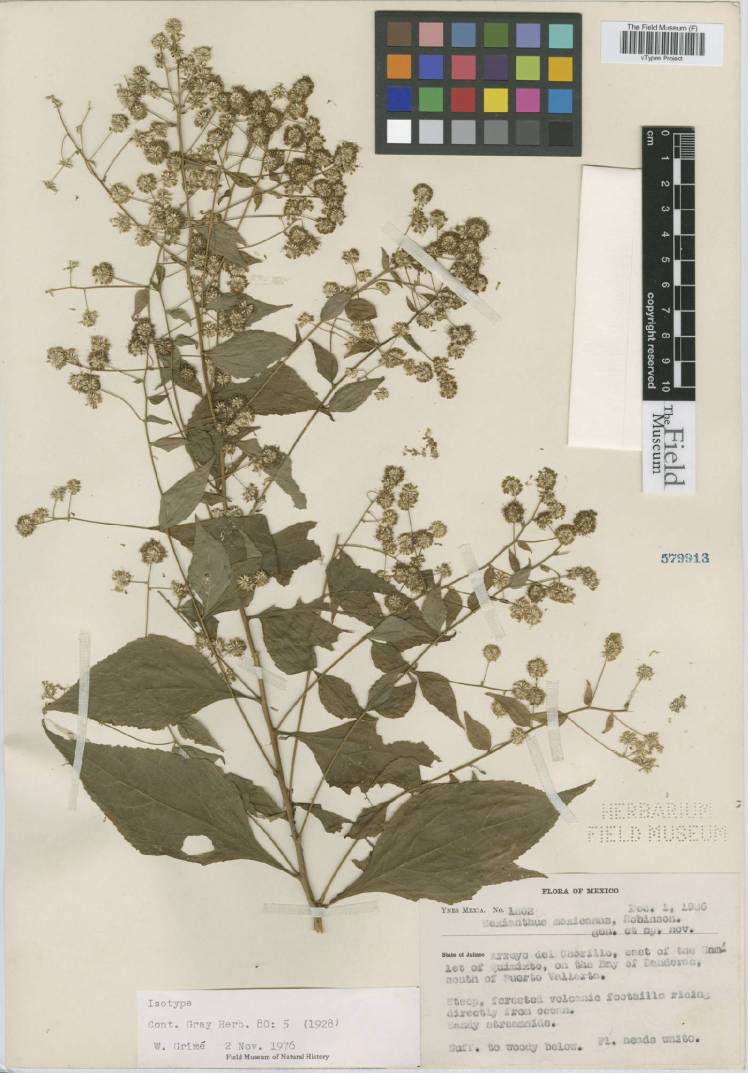There are 400,000 known species of plants on Earth. 350,000 are flowering plants.
How do we know? How does plant go from unknown to known?
Someone, a person, has to notice. To think it matters. There have been countless botanists throughout human history observing the natural world. Plant collection and documentation got to be big in the 19th and 20th century (& there are still those who work to survey plants in the 21st century).
Establishing a Baseline
Knowing what is around beyond our immediate perception establishes a baseline that can be used to monitor changes. Despite all we have discovered and documented about life (millions of species of all types of life past & present known), there are still domains of life where that baseline is being established. Monitoring individual plant species may be easier or harder depending on the plant. Some parasitic plants are especially hard to document because they live almost entirely underground or within other plants until its time to flower. We are just getting a handle on the microbes that live in, on, and around us at any given time (including plant/soil microbiomes).
Each generation uses the tools available to them. First and foremost it requires someone, usually a scientist, to look. As seems obvious, organisms we can see and ambitious botanists covered the Earth (Charles Darwin is one prominent example who collected loads of plant and animal samples on The Beagle). And that looking led to agriculture and bringing seeds and plants to new places affecting cultures and landscapes.
A Prolific Plant Collector
A less well-known, but prolific, was Ynés Mexía who collected over 150,000 plant samples in the latter half of her life from all over the Americas, from Alaska all the way down to Argentina. Mexía discovered 500 new species, including two new genera, one named after her. The sole species in that genus Mexianthus is a plant she discovered in Mexico: Mexianthus mexicana (A hard plant to find an actual picture of).

It’s a rare plant in the aster/compostite family (Asteraceae). In the same informal grouping known as a tribe, called Stevia, the sugar substitute. Several asters in this family have been observed by iNaturalist app users.
A prolific plant explorer was Ynés Mexía, born in 1870 in Washington, DC. She was born to an American mother and a Mexican diplomat. The Memory Palace did an excellent episode about her, telling her full story. Her story is remarkable if only because she took up botany late in life, after she turned 50 and was living in San Francisco after her second failed marriage and a hard life. She likely would have been diagnosed with depression today. She joined the Sierra club on hikes in the redwood forest and caught the botany fever. She was trained at UC Berkeley in identifying and preserving plant samples.
And off she went. She made arrangements with herbaria to pay her per sample retrieved. UC Berkeley, The Field Museum, and Harvard were all recipients of her collecting trips. She often traveled only with a few native guides on her adventures. She was an experienced outdoorswoman who pushed to get her plant specimens. At one point, going for what looked like a new plant in Mexico, she fell off a cliff and was laid up for a time. But she kept going. Kept collecting. Documenting what’s there. Establishing a baseline for what exists so we can know if it changes when we go back and look again.
In 2016, at least, Mexianthus mexicana was still found in Jalisco, Mexico.